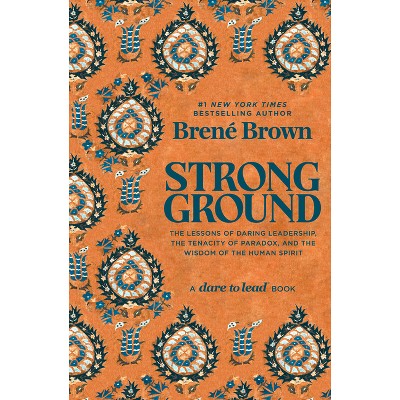Sponsored

Collective Agency and Resistance During Japanese American Incarceration - by Melissa Geisler Trafton (Hardcover)
Pre-order
Sponsored
About this item
Highlights
- This book provides the first history of the Silk Screen Shop (1943-45) at the Granada War Relocation Center ("Amache") in Colorado, a World War II incarceration site for Japanese Americans.
- About the Author: Melissa Geisler Trafton is an art historian of nineteenth and twentieth-century art and visual culture, particularly printed ephemera.
- 173 Pages
- History, United States
Description
Book Synopsis
This book provides the first history of the Silk Screen Shop (1943-45) at the Granada War Relocation Center ("Amache") in Colorado, a World War II incarceration site for Japanese Americans. The Shop printed training posters for the Bureau of Naval Personnel. In addition, in their free time, the Amache workers designed and printed material, such as dance invitations and Christmas cards, for community organizations and individuals. In the years after incarceration, the objects' connection to the silk-screen shop was lost. This volume documents and studies the objects produced by the Shop, reconstructs workers' experience and identity, traces the Shop as a site of community, and argues that young adult printmakers collectively developed subversive visual conventions of protest.
From the Back Cover
This book provides the first history of the Silk Screen Shop (1943-45) at the Granada War Relocation Center ("Amache") in Colorado, a World War II incarceration site for Japanese Americans. The Shop printed training posters for the Bureau of Naval Personnel. In addition, in their free time, the Amache workers designed and printed material, such as dance invitations and Christmas cards, for community organizations and individuals. In the years after incarceration, the objects' connection to the silk-screen shop was lost. This volume documents and studies the objects produced by the Shop, reconstructs workers' experience and identity, traces the Shop as a site of community, and argues that young adult printmakers collectively developed subversive visual conventions of protest.
Melissa Geisler Trafton is an art historian of nineteenth and twentieth-century art and visual culture, particularly printed ephemera. Trafton's scholarship has appeared in a variety of museum publications and academic journals. In collaboration with the Amache Alliance community organization, she has produced a website that reproduces all known screen prints from Amache.
About the Author
Melissa Geisler Trafton is an art historian of nineteenth and twentieth-century art and visual culture, particularly printed ephemera. Trafton's scholarship has appeared in a variety of museum publications and academic journals. In collaboration with the Amache Alliance community organization, she has produced a website that reproduces all known screen prints from Amache.
Shipping details
Return details
Discover more options







